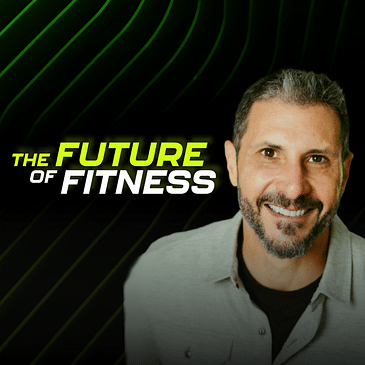In this episode, Eric Malzone engages into conversation with Chris Craytor to discuss the future of the fitness industry, touching upon various topics including innovations in health clubs, the importance of social connections, and the impact of third-party payer programs. Chris shares insights from a recent event in Los Angeles that highlighted the industry's growth and enthusiasm post-COVID. They delve into the rebranding of the health and fitness association, examining the integration of health in fitness facilities and how the industry can connect to the larger healthcare sector. The conversation also covers strategies for engaging members through personalization, technology, and creating a strong community within clubs. Additionally, Chris gives an overview of Well Health and its role in facilitating third-party payments and insurance programs for fitness services, emphasizing the importance of adapting to changing payment models and catering to various member demographics.
LINKS:


